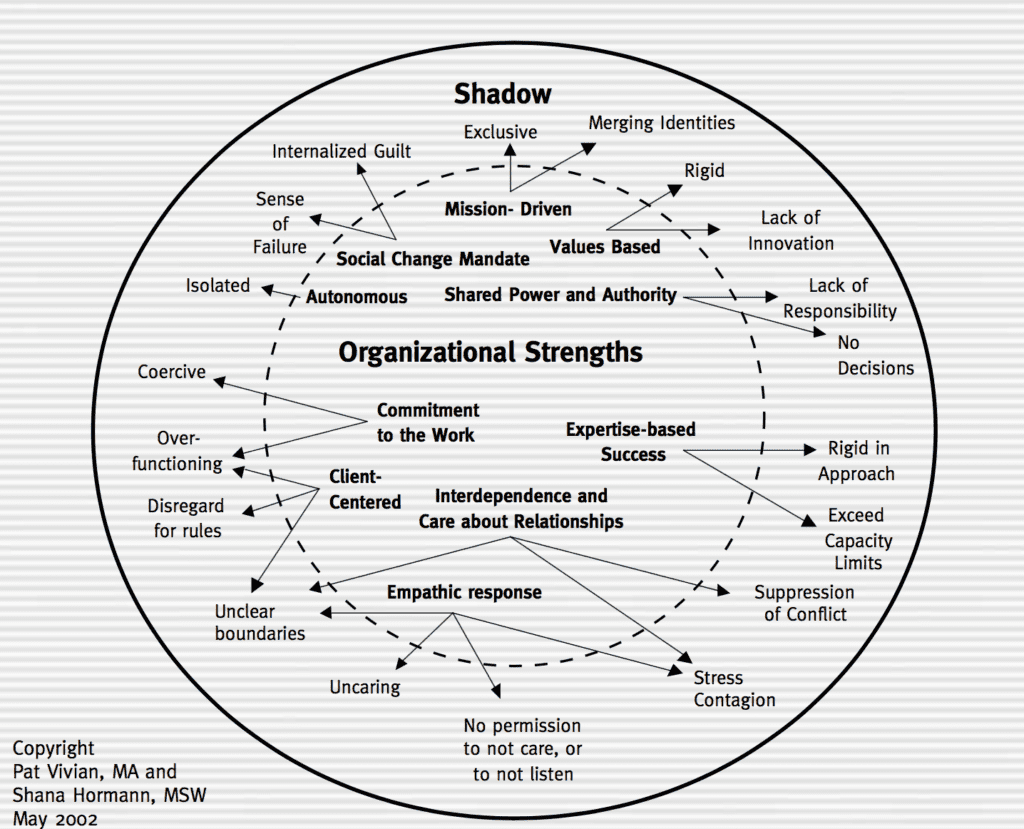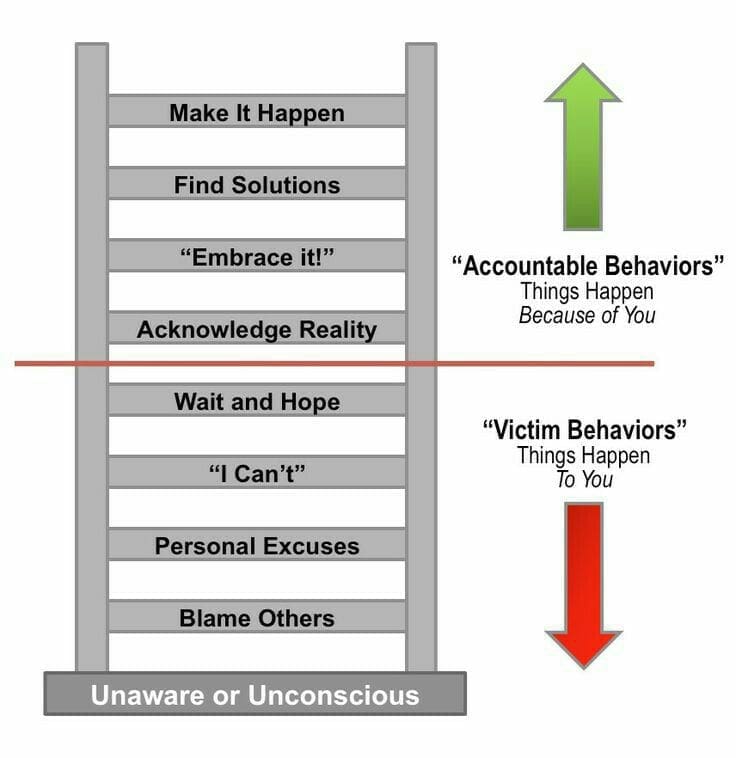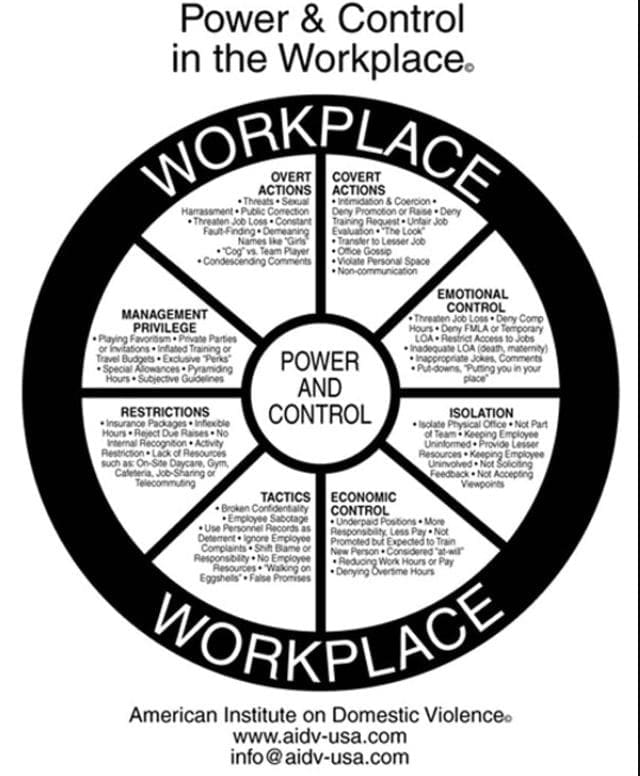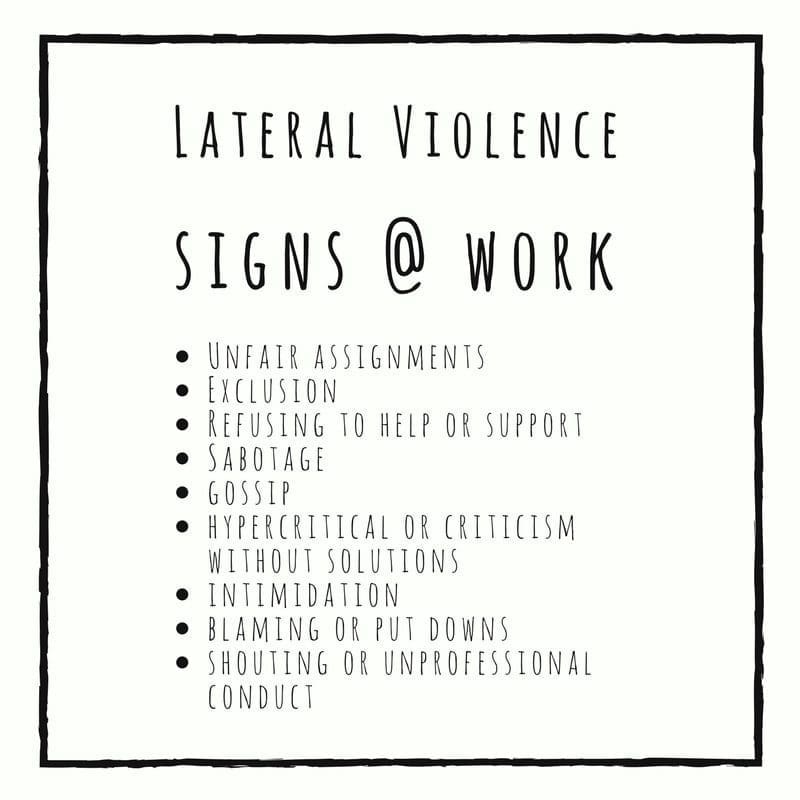Hurt people hurt people.
Lateral violence is a form of bullying, and can often be called horizontal violence, which has been defined as “organized, harmful behaviors that we do to each other collectively as part of an oppressed group, within our families, within our organizations and within our communities.” –[American Institute on Domestic Violence].
It is common within the work of tribal domestic and sexual violence that an agency or organization’s work directly impacts the culture of the organization and the culture of the teams that work together within the agency.
With the high rates of trauma within our tribal communities, we often hear the saying, “hurt people, hurt people” Recent research shows that an organization or agency “that provides services to traumatized individuals, families and/or communities is susceptible to becoming a traumatized system experiencing the cumulative effects of the work itself.” [Vivian and Hormann, 2002].
The aggressors of lateral violence are often peers, relatives and can be people in powerless positions who try to gain power through bullying and violence. Working on teams where tensions are high isn’t good for anyone. After repeated incidents of lateral violence, victims of bullying may begin to experience depression, anxiety or post-traumatic stress, which can affect performance.
The work of highly mission-driven organizations and agencies directly influence the culture of those organizations. For example, direct service providers who respond to crisis situations tend to have crisis-oriented style of management. Advocates who have experience violence in their own lives, tend to report being victimized by organizational structure and internal dynamics.
What can organizations do to decrease the likelihood of lateral violence?
- Provide training on lateral violence – As a team, work to create organizational norms and work to redefine and redirect conversations about what your team will and will not stand for. Work to improve team culture through training, reflection and mediation.
- Providing Conflict Resolution Training – Confronting office bullies is not easy. When conflict resolution training is offered, the team can learn the skills they need to confront workplace bullies and be an example for acceptable team behavior.
- Encourage Teamwork – Lateral violence is more likely to be an issue when team members haven’t forged bonds with their coworkers. Encouraging brainstorming during meetings can help the team develop a stronger rapport. Additionally, setting goals as a group and praising team members when goals are met can make working as a team more appealing.
- Involve Human Resources – If lateral violence persists, involving HR is the next step. HR are professionally trained to mediate hostility in the workplace. Additionally, victims of lateral violence may feel more comfortable discussing incidents with an objective third party instead of someone within their own team.
An essential aspect of building a positive team culture involves making your organization a place where team members can truly feel comfortable and valued. Creating a comprehensive plan which addresses lateral violence will help you stop negative behaviors, set up team expectations and improve team satisfaction.




